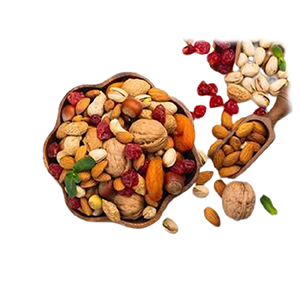Category
- Special Days Offers ( বিশেষ দিবসের অফার )
- পহেলা বৈশাখ এবং ঈদ অফারস
- ডিসকাউন্ট এন্ড ডিলস
- Green Products
-
 Women's Fashion
Women's Fashion
-
 Men's fashion
Men's fashion
-
 Kids Zone
Kids Zone
-
 Clothing
Clothing
- Home & Lifestyle
- Jewelry
-
Fashion & Design
- Handicrafts
-
Jute and Jute Goods
-
Leather and Leather Goods
- Leather Goods
- Bags and Travel
- Books & Office Accessories
- Gift Corner
- Promotions
-
 Health & Beauty
Health & Beauty
- Cosmetics Items
- Home & Kitchen
- Herbal
- Food/Agriculture Processed
-
 Safety products
Safety products
-
 Food
Food
- Pottery
- Agro Products
- Wood, Bamboo, Cane and Wooden Furniture
- TV & Home Appliances
- Electronic Devices
- Electronic Accessories
- Electrical and Electronics
- Global
- Wholesale Products
- Others


